Is LCD technology about to end? The rise of OLED technology
More than a decade ago, liquid crystal display technology began to invade the market quickly with many technologies that were ahead of CRT TVs at that time. Because of its small size, low energy consumption, and high value, the consumer group loves LCD products. In addition, LCD technology products have finally become the only overlord in the market in the past decade.
Today, it seems that the law of prosperity is inevitable. After ten years of dominating the market, liquid crystal technology will eventually be doomed to defeat. This kind of finality is nothing more than a matter of time. From the current market trend, it seems that OLED The LCD has been pulled down from the altar, and it has achieved a situation of dominance. At that time, CRT products were eliminated because of the large size. Then what screen flaws in LCD technology are threatened by OLED?
It took about 4 to 5 years before and after the liquid crystal display products went on the market before they replaced CRT technology as the new generation of mainstream standards. TV products with OLED technology were first listed in September 2013 and have developed for nearly three years. Time of year.
However, in the period when liquid crystal replaced CRT, all the vane at that time was that liquid crystal replaced CRT, and in the nearly three years since the OLED TV was launched, this new technology has not affected the mainstream market. The root cause is still because of OLED. Relatively, there is no revolutionary change in the appearance of LCD products. You must know that LCD TVs had a dramatic change in volume and shape compared to CRT TVs. Users also really realized that LCD TVs are still very important. Therefore, OLED still has a long way to go. long.
Despite this, we cannot deny the potential of OLED as a display technology of the next era. Its unique physical characteristics are almost "critical" for liquid crystal technology. At present, the biggest problem of OLED comes from the fact that the yield of large panel cutting is not High cost issues. Next, we will come up with the "vulnerabilities" exposed by the LCD technology. Perhaps you will understand why high-end users are so eager for OLED display technology products after reading.
Defects that response time can't get rid ofLCD monitors are different from LCD TVs. Monitors are more static scenes, such as text work, image processing, and typesetting and printing. Only the gaming experience requires higher response time. In contrast, the property of watching video on TV means that it is always under dynamic scenes, so the serious response time of liquid crystal technology is not suitable for dynamic scenes in principle.
The so-called technical industry has specialization, and the type of LCD panel is also the same. The dynamic response time of the popular IPS panel on the market is not very ideal. The TN panel products have different degrees of distortion in color accuracy, even if the response speed is the most advantageous TN panel screen , Can not completely get rid of the problem of smear caused by the problem of response time.
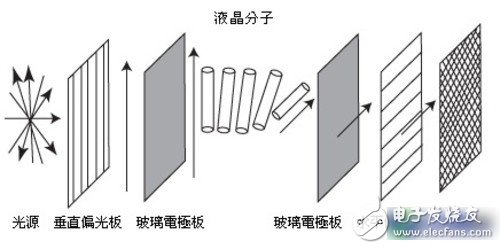
Today, there are still many users complaining that the LCD TV screen is not smooth enough, especially for some low-end TV products. To go a bit further, the problem of response time is more prominent for new Internet brands that lack experience in TV technology manufacturing. So why does LCD technology have a slow response time?
No matter what means or technology is used in liquid crystal technology, it can not fundamentally solve the phenomenon of afterimages, because the liquid crystal molecules deflect and arrange takes time, the liquid crystal molecules deflect different materials, there are different ways, the liquid crystal molecules from receiving the driver chip command to change the state The time required for this process, which is what we often call "response time". In layman's terms, no matter how advanced driving technology can not change the fact that the liquid crystal molecules need to deflect, the response time is faster or slower, but it is impossible Is zero, so the afterimage of the LCD screen is destined to be impossible to eradicate.
No matter how mature the technology, light leakage still existsThe liquid crystal material itself does not emit light, and it needs a backlight (LED light-emitting diode) to display normally. In the past, the CCFL backlight system was used. In recent years, the LED backlight system has been popular. Whether it is the past CCFL backlight, the current LED backlight, or just The protruding QLED quantum dot backlight system will inevitably have light leakage. While OLED has the characteristics of electroluminescence, this rigid advantage is much better than the "photoluminescence of liquid crystal". Therefore, there will be no light leakage in the black field, thereby improving contrast and image quality performance.

The light leakage of iPad LCD products recognized as excellent picture quality is clearly visible
The physical characteristics of OLED self-illumination is the main reason. The black field display is like a shutdown (TV LOGO can prove that the TV is turned on). The layering of the picture, the transparency of colors, and the presentation of details are unmatched by LCD. The LCD that needs to work with the backlight cannot achieve pure black display, and the image quality performance is limited.
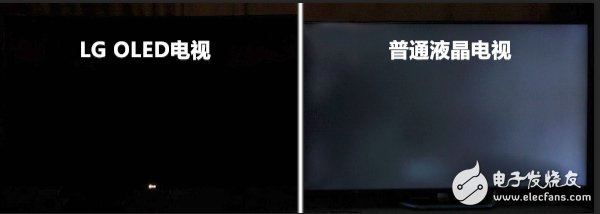
Backlight system seriously affects picture quality
OLED has fully realized electroluminescence without backlight. Therefore, colors can be displayed "natively". The LCD is obviously affected by the backlight because of the LED light-emitting diodes, just like the screen surface is covered with a layer of white yarn, which affects the quality of the image. In other words, the presence of the backlight not only affects the dark field performance of liquid crystal products, but also negatively affects the picture from beginning to end. The response time is a flaw in the dynamic smoothness of the LCD technology, and the backlight is a flaw in the picture quality.
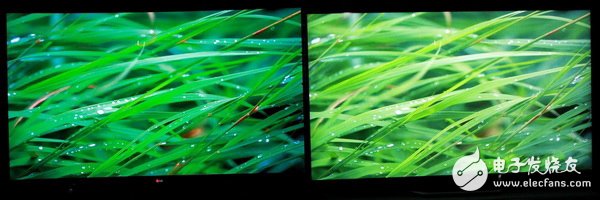
The picture of the LCD TV is disturbed by the backlight, which causes the color expression to be diluted.
No preliminary analysis on the war OLED marketLCD technology is not the best choice for TV technology from the beginning, but it is more suitable for marketization, and the success of marketization does not allow us to ignore the shortcomings of LCD technology itself. Among them, the response speed and the impact of the backlight system on image quality are The two most obvious bruises.
In fact, if compared with the OLED display technology, which is recognized as the next era, the liquid crystal technology is far more than that. The gap between OLED products and liquid crystal products is not so wide. In recent years, QLED (quantum dots) Display technology) to bring back a city for the LCD camp.
Many people mistakenly believe that QLED quantum dots are a new technology. In fact, QLED is just a new type of backlight system. The display products based on QLED technology still belong to the category of liquid crystal. Its advantage is that it strengthens the poor performance of liquid crystal products WLED. The problem is that the two stubborn diseases of light leakage and smear still exist. In the final analysis, quantum dot technology is still a product of the "photoluminescence" liquid crystal field. It is a technology that reduces the light leakage of the TV product itself, and still cannot get rid of this. The inherent defects of the liquid crystal itself cover the defects no matter how good they are. The defects are still defects. At the current technical level, such defects cannot be eliminated, and the second-generation quantum dot technology will also be "electroluminescence". It is still unknown whether the "quantum dot liquid crystal", which has got rid of the backlight, can return to its city for its camp.
LCD TVs are still the mainstay in the market. When will the market pattern be changed? At present, it is difficult for us to predict. "Electroluminescence" principle technology replaces "Photoluminescence" principle technology. The issue of time, the protracted battle of quantum dot OLEDs will eventually one day out, but this time the war span will be very large.
The author believes that at the beginning of the initial large-scale penetration of the LCD replacement product, there will be a certain "chaotic period". After all, compared with the current centralized technology, there is not such a wide gap when the LCD TV replaced the CRT TV, so the protracted war is certain Yes, the reason for writing this article is also to hope that our consumers can recognize the stage of the current LCD. They should keep their eyes open when buying new technology products, and do n’t be blinded by many “smoke bombsâ€. .
At this stage, LCD TVs are not without potential for purchase. An excellent LCD TV can be used for more than 5 years. OLED products are currently only in high-end products due to the high cost of cutting large panels. Therefore, LCD products are still dominated by comrades in the market.
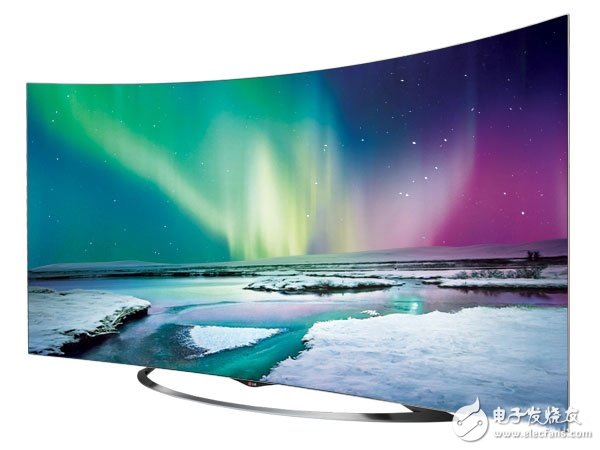
Open Frame For Capacitive Touch Monitor
The open frame touchscreen monitor is a product developed and designed by ourselves. It has been sold for more than 6 years and has exceeded 160,000 units. At present, it is running very well. It mainly customizes different touch technologies, different sizes, different interfaces, connecting cables and power supply parts to meet the needs of guests. Our open frame capacitive touchscreen monitor used of PCAP 10 points touch technology, and customize various interfaces for customers, such as: VGA, DVI, HDMI, DP and so on. It is mainly used in banks, hospitals, government units, airports, railway stations, supermarkets, real estate and other places.
Open frame Touchscreen monitor(2C series) Product developed by GreenTouch
Size support: 15inch~ 55inches,
Touch technology: Capacitive Touch Screen technology, supports 10-point touch.
Surface support: explosion-proof IK08, dustproof and waterproof IP65.
Standard VESA: 75mm * 75mm and 100mm * 100mm
Input interface: VGA. DVI.HDMI, DP.Mic.Audio out and other combinations.
Input power: DC12V / 4A or AC80-240V,
Product certificate: support CE, FCC, CB, UL ,HDMI certification optionsS
Pruduct Show:


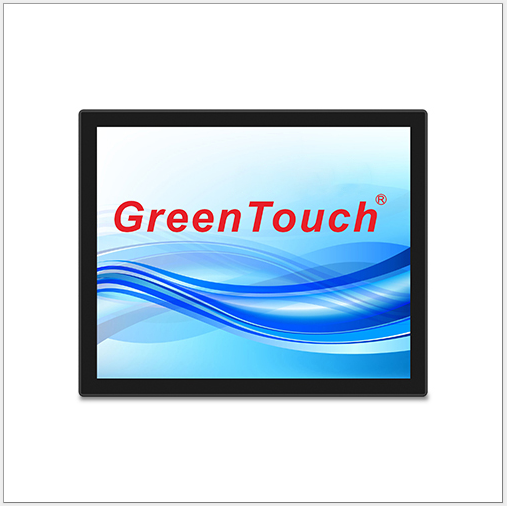
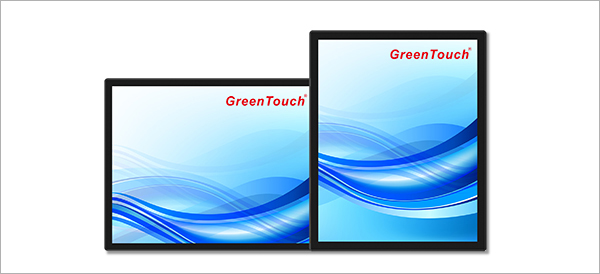
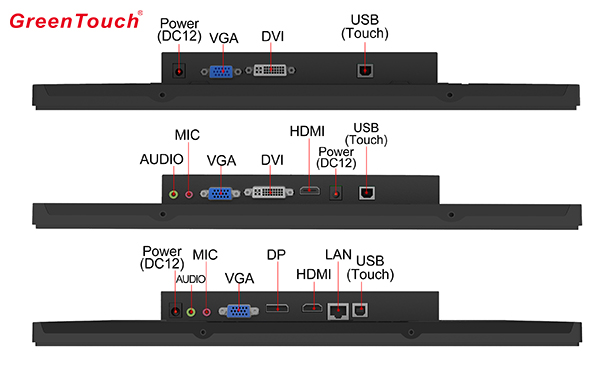
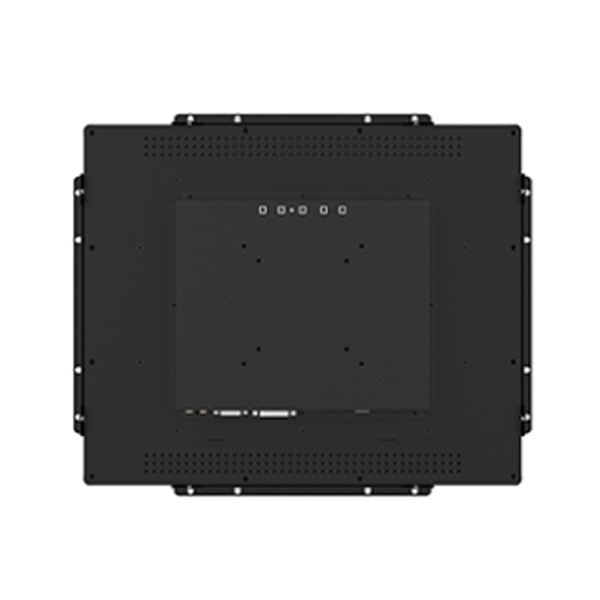
Open Frame Capacitive Touch Monitor,PCAP Touch Screen Monitor,IP65 Touch Monitor,Portable Touch Screen Monitor,Projected Capacitive Touch Screen Monitor,Touch Screen Display Monitor
ShenZhen GreenTouch Technology Co.,Ltd , https://www.bbstouch.com